3,7 cm Pak 35/36 (German 3,7 cm Panzerabwehrkanone 35/36 – “3,7-cm anti-tank gun model 1936″) – German anti-tank gun during the Second World War. In the Wehrmacht, due to its insufficient armor-piercing action, it bore the unofficial names Panzeranklopfgerät and Weihnachtliche Knallbonbon (“Door Knocker”)
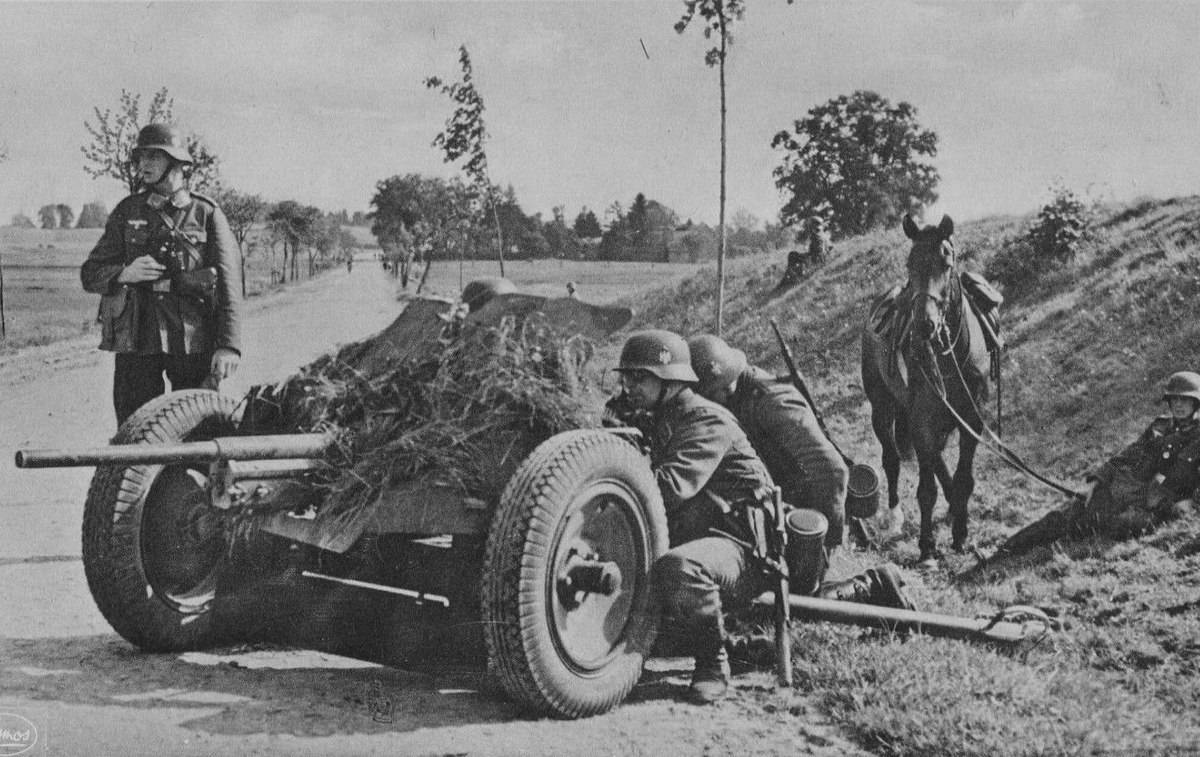
The Pak 35/36 had a design that was modern for its time. The gun was located on a light two-wheeled carriage with sliding beds, a sprung wheel travel, metal wheels with rubber tires, a horizontal wedge-shaped quarter-automatic shutter (with an automatic closing mechanism). The recoil brake is hydraulic, the knurler is spring-loaded.
The first 37-mm anti-tank gun (arr. 18) was created by the Germans during the First World War. According to the Versailles Treaty , Germany was forbidden to have anti-tank artillery, so all work on it was carried out in secret. Work on the new gun had already begun in 1924, in 1926 the firm «Rheinmetall» ( Rheinmetall ) has created a prototype of a new gun – 3.7 cm anti-tank gun mod. 26. In 1928 a new gun called 3,7 cm Pak 28 was put into service, then its modification Pak 29 appeared, which went into mass production. This weapon became the prototype of the Pak 36, although it still had wooden wheels without suspension. In 1935-1936, the gun was modernized (mainly the modernization concerned the wheel drive) and put into service.
In each infantry division of the first wave of the Wehrmacht on May 1, 1940, the state had 75 Pak 36 guns (one company (12 guns) in each of the 3 infantry regiments , an anti-tank battalion (3 companies of 12 guns) and 3 guns in the heavy squadron guns of the reconnaissance battalion). Ammunition for each gun was 250 rounds: 120 PzGr 39 rounds, 30 PzGr 40 rounds and 100 rounds with a fragmentation projectile.
For the first time Pak 36 was successfully used in the battles of the Spanish Civil War in 1936. This weapon was used by the Franco forces, which allowed them to disable the republican BT-5 and T-26 tanks with bulletproof armor. In the USSR, an analysis of the losses of armored forces in Spain led to the decision to start the design of tanks with anti-cannon armor.
During the Polish campaign, Pak 36 hit thin-armored Polish tanks that did not have anti-cannon armor.

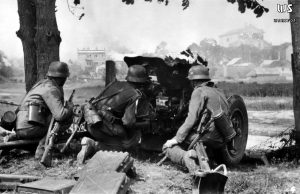
During the French campaign, the Germans encountered well-armored British Matilda Mk I and Mk II tanks and French B-1bis and Somua S-35’s were practically unaffected by the Pak 35/36. In general, until June 1940, the 3,7-cm anti-tank guns mod. 35/36 operated quite effectively in all theaters of war. By April 1, 1940, there were 12,830 of these guns in the army. An unpleasant surprise was that the shells of the 3.7-cm cannons practically did not hit the medium French S-35 Somua tanks, with 35-45 mm thick armor, most of which was located at corners. The Germans drew conclusions from the results of the French campaign, began to develop anti-tank guns of a larger caliber of 50 and 75 mm, as well as cumulative and sub – caliber shells. Beginning in mid-1940, the Pak 35/36 was gradually replaced by a 50mm 5-сm-PAK 38.
By June 1, 1941, the Wehrmacht had 14,459 Pak 35/36 units, which was the most massive anti-tank artillery gun. At this time, there were 1,047 new Pak 38 anti-tank guns in the Wehrmacht.
Thus, by the beginning of the campaign against the USSR, the Pak 35/36 remained the main anti-tank weapon of the Wehrmacht. These guns quite successfully fought against Soviet tanks of the 1930s BT and T-26 , which formed the basis of the Soviet armored forces in those years, not to mention the light tanks of the T-37A , T-38 and T-40 types.
The effectiveness of the Pak 36 against T-34 tanks is still a matter of controversy. On the one hand, according to the recollections of a number of prominent German military leaders, for example, von Mellenthin and Middeldorf, the Pak 35/36’s inability to fight the T-34 was “a dramatic chapter in the history of the German infantry.” There are cases of dozens of hits on the T-34 from the Pak 35/36, which did not affect the combat effectiveness of the Soviet tank. According to a number of testimonies, German soldiers nicknamed the Pak 35/36 “door knocker” or “clapperboard” due to its low efficiency. Caliber armor-piercing shells were prone to ricochet , and when the armor was penetrated, they often did not disable the tank.
However, there are a number of documents in which the effectiveness of the Pak 35/36 is not as negative. So, in the report of 1941, the Soviet 10th Panzer Division notes: “2. On the T-34 tank a) Armor of vehicles and hulls from a distance of 300-400 m is penetrated by a 37-mm armor-piercing projectile ”.
Pak 35/36 left the stage rather slowly. Although its mass production ceased at the beginning of 1942, in 1942-43 the gun continued to be the most massive anti-tank gun in the Wehrmacht. In 1943, about 2 million 37-mm cartridges of all types were used up (for comparison, 75-mm cartridges – 1.25 million), that is, in 1943 Pak 35/36 was used very widely. However, in the period 1942-1943, it was actively replaced by newer 50-mm and 76-mm guns. The Pak 35/36 was used between 1944 and 1945 , albeit in significantly smaller volumes. On March 1, 1945, the units still had 216 of these guns, another 670 guns were in warehouses and arsenals. Defeats of tanks with these guns were noted in the Berlin operation.
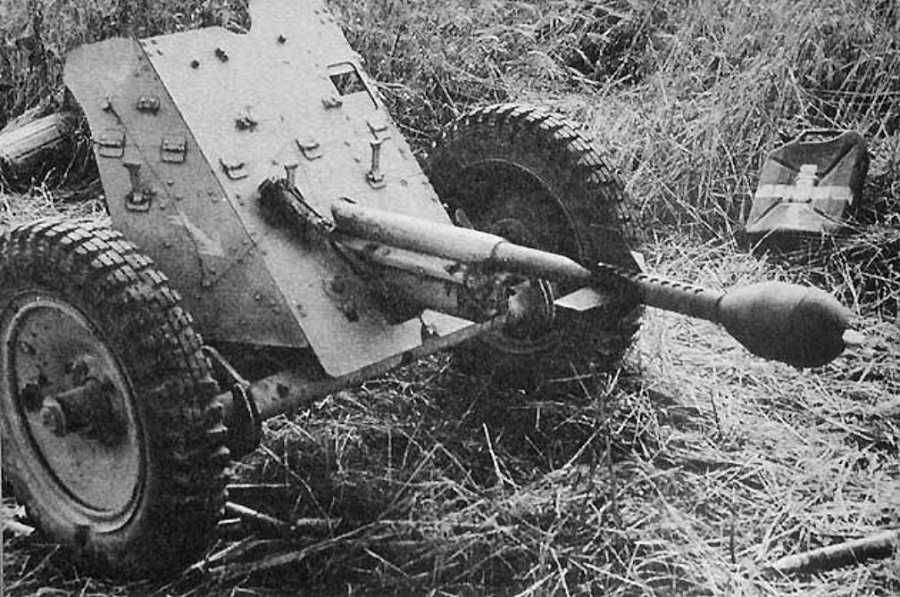
The Pak 35/36 was definitely a good weapon. This assessment is confirmed by the widespread distribution of this weapon (and cannons made on its basis) throughout the world. Pak 35/36 favourably combined a high muzzle velocity, small dimensions and weight, the possibility of fast transportation, and a high rate of fire. The gun was easily transported across the battlefield by the crew, easily camouflaged. The disadvantages of the gun include the insufficiently strong armored action of light shells – often, to disable a tank, several hits were required to pierce the armor. Tanks hit by a cannon could most often be repaired.
Most of the tanks of the 1930s with bulletproof armor were disabled by this gun. But with the advent of anti-cannon-proof tanks, her fate was sealed. The sub-caliber and cumulative shells somewhat extended its life, but by 1943 this gun had left the first roles. At the same time, both in 1943 and later for this gun on the battlefield there were targets – a variety of light tanks, self-propelled guns and armored personnel carriers of the allied countries.



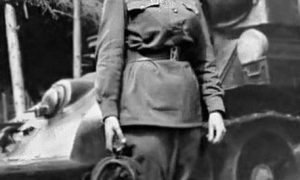



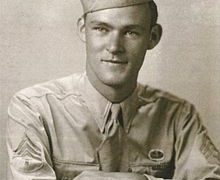





Pingback: T-34/76 Tank - Soviet Medium Tank - Real History Online
Pingback: RSO/Pak40 Self Propelled Anti Tank Gun - Real History Online